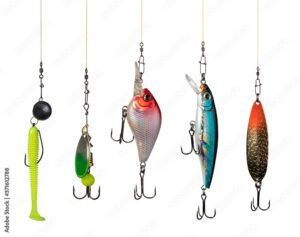
Business Entities: Finding the Perfect Match
Starting a business can be an exciting and rewarding experience, but it can also be overwhelming when choosing the correct entity for your business. Selecting the right entity is an important decision that can have legal and financial implications for your business. Let’s explore the different types of entities and help you determine the best entity for your business needs. Sole Proprietorship: A One-Person ShowA sole proprietorship is the simplest form of business ownership, where an individual owns and operates the business. This entity is an excellent option for those who want complete control over their business and want to keep things simple. However, one downside to a sole proprietorship is that the owners are personally liable for the business’s debts and obligations Partnership: Two Heads Are Better Than OneA partnership is a business owned by two or more individuals who share the profits and losses. This entity is an excellent option for those who want to share ownership and responsibility with a partner. Partnerships can be general partnerships, where all partners share equal responsibility and liability, or limited partnerships, where some partners have limited liability. Limited Liability Company (LLC): The Best of Both WorldsAn LLC is a hybrid entity that combines the flexibility and tax benefits of a partnership with the limited liability protection of a corporation. This entity is a great option for those who want personal liability protection without the formalities and complexity of a corporation. LLCs also offer flexibility in management, taxation, and ownership. Corporation: Serious









